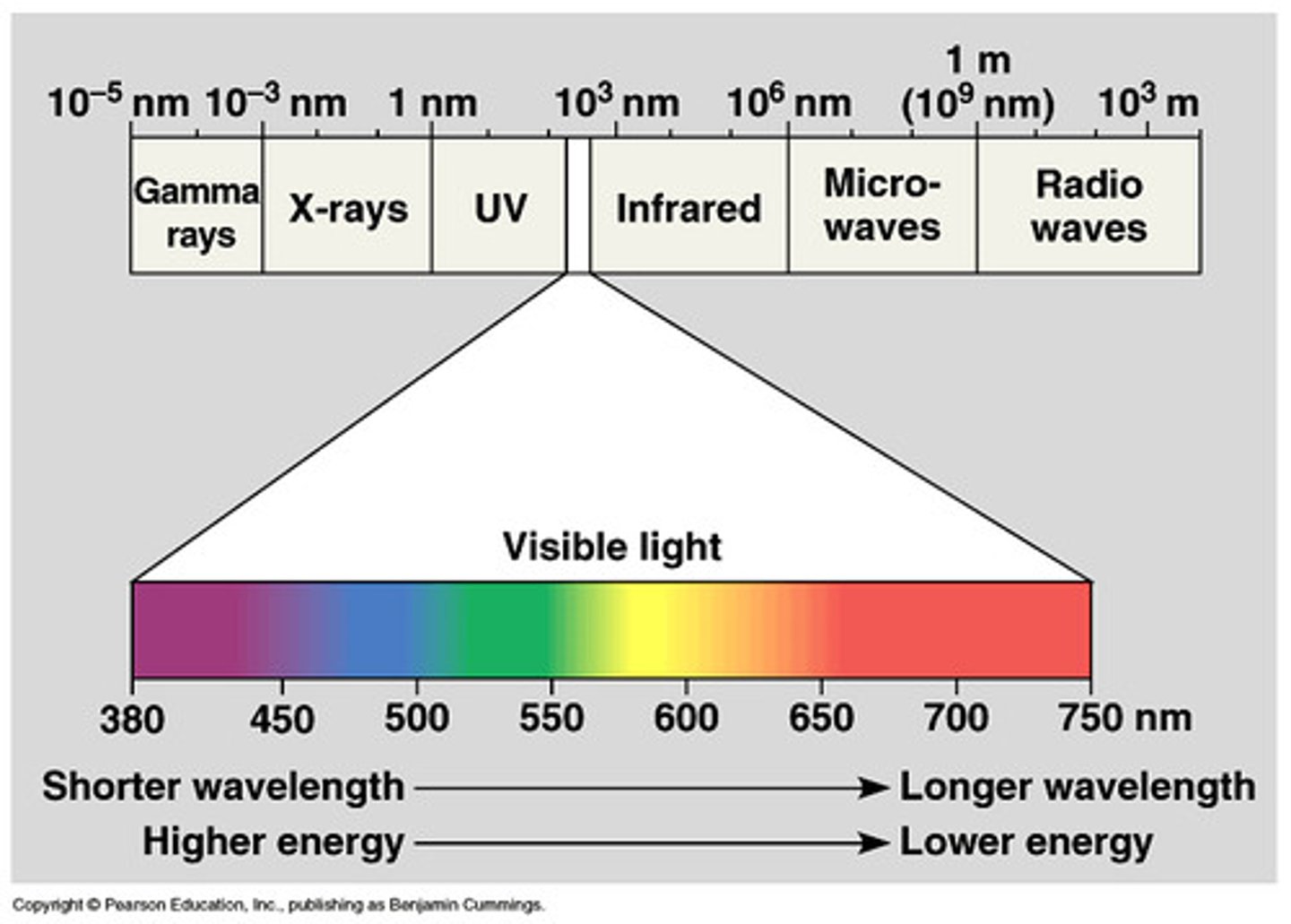Electromagnetic Waves
1/29
There's no tags or description
Looks like no tags are added yet.
Name | Mastery | Learn | Test | Matching | Spaced |
|---|
No study sessions yet.
30 Terms
William Gilbert
1544-1603
systematically studied magnetism and coined the term "electricus"
electricus
describe materials that attract small objects
laid the foundation for the study of electricity and magnetism as distinct phenomena
Hans Christian Orsted
1777-1851
he noticed that a magnetic needle moved when an electric current passed through a wire nearby
discovered that an electric current is surrounded by a magnetic field
Michael Faraday
1830s-1850s
discovered that a moving wire through a magnetic field could produce an electric current
Joseph Henry
1797-1878
discovered the phenomenon of electromagnetic induction
induced current
current produced by a magnetic field
James Clerk Maxwell
1831-1879
formulated Maxwell's equation
Maxwell's equation
describe how electric and magnetic fields interact
Heinrich Hertz
1857-1894
proved the existence of radio waves
electromagnetic waves
transverse waves
travels at the speed of light
travels through a vacuum and does not require a medium
propagate through space
transverse waves
oscillations of the electric and magnetic fields are perpendicular to the direction of wave propagation
crest
peak of the transverse wave above the equilibrium position
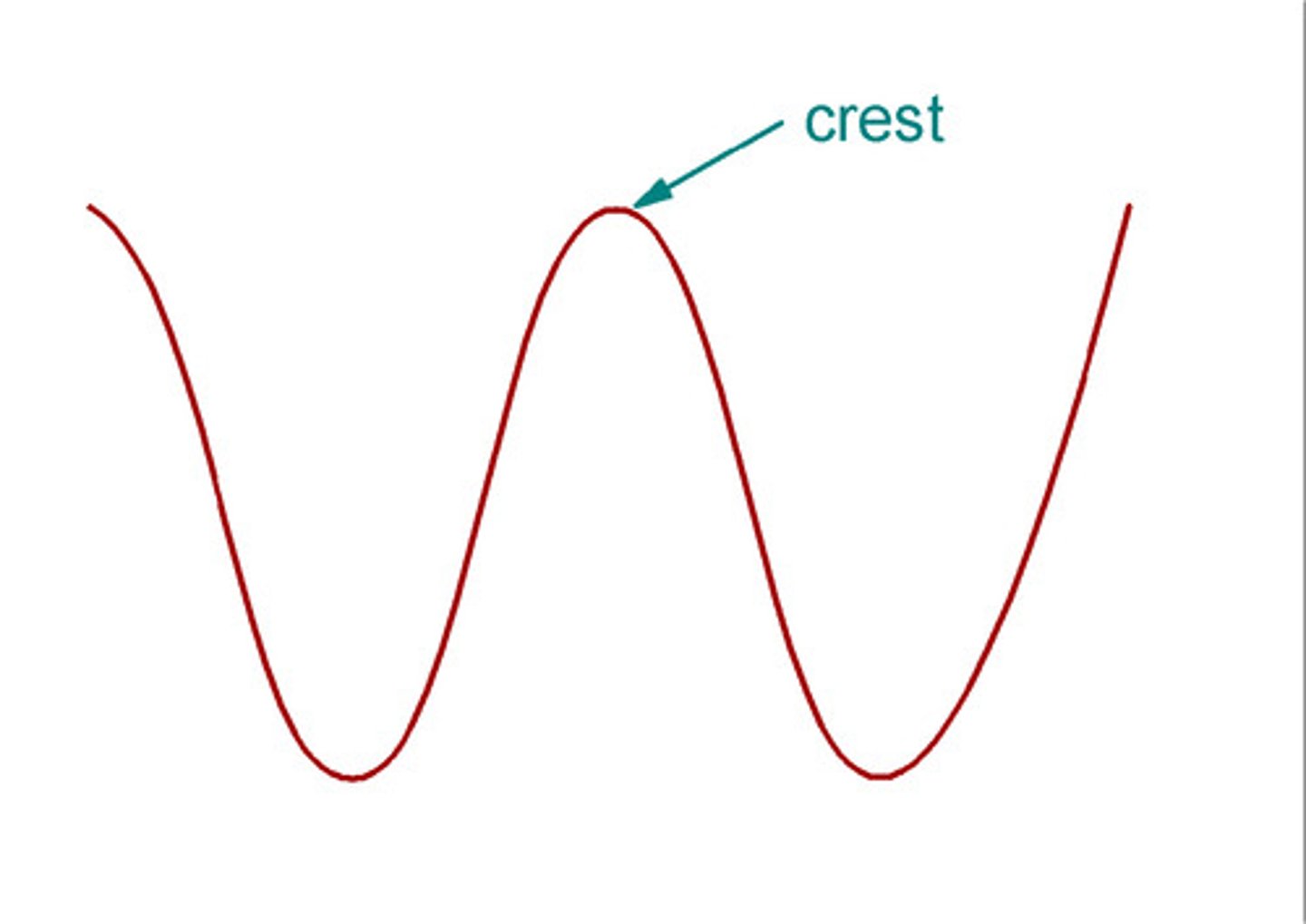
trough
lowest point of the transverse wave below the equilibrium position
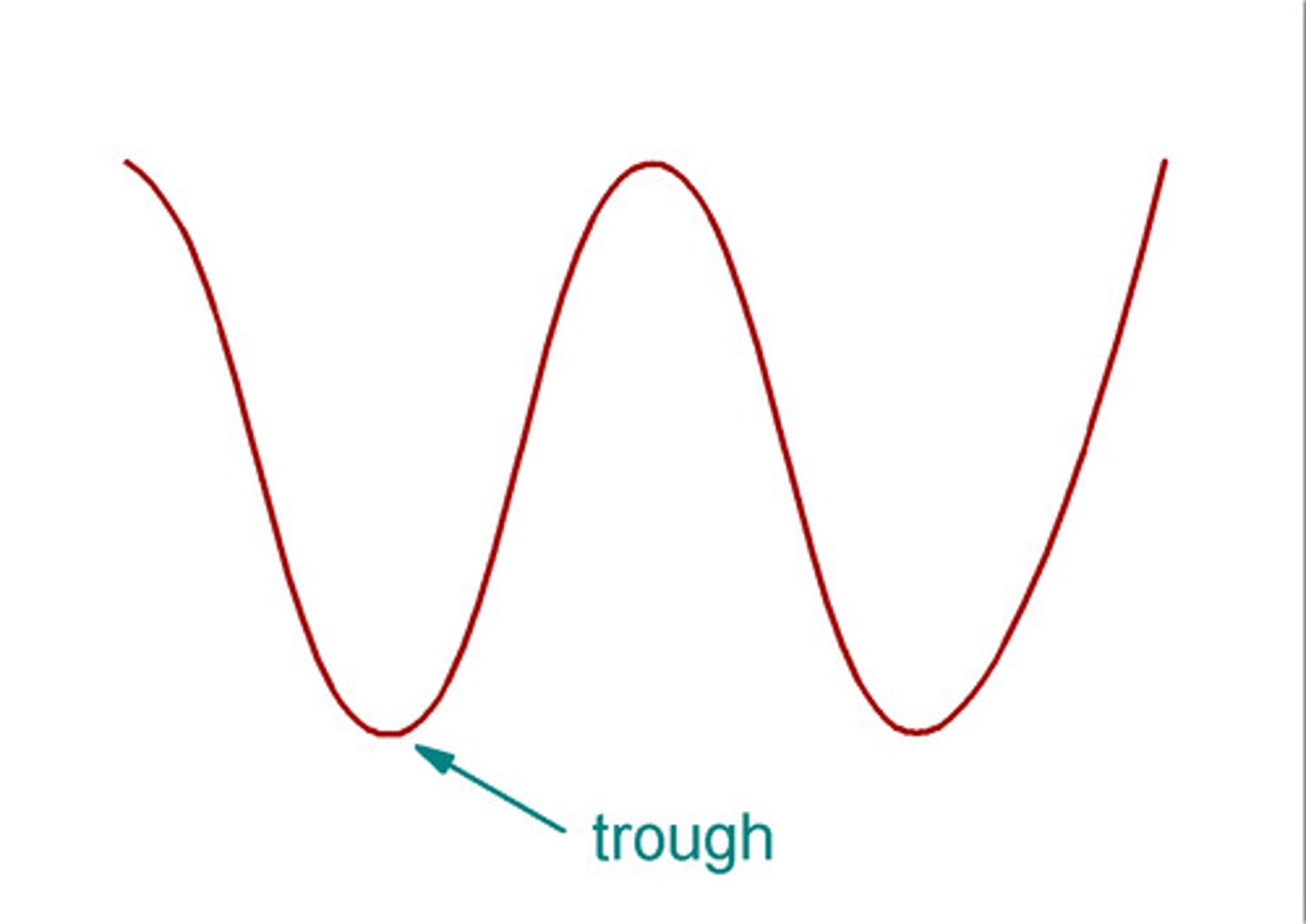
amplitude
maximum displacement of a point from its equilibrium position
measures how far the particles of the medium move from the equilibrium position
larger, more energy

wavelength
λ (m)
distance between two consecutive crests or troughs
length of one complete wave cycle
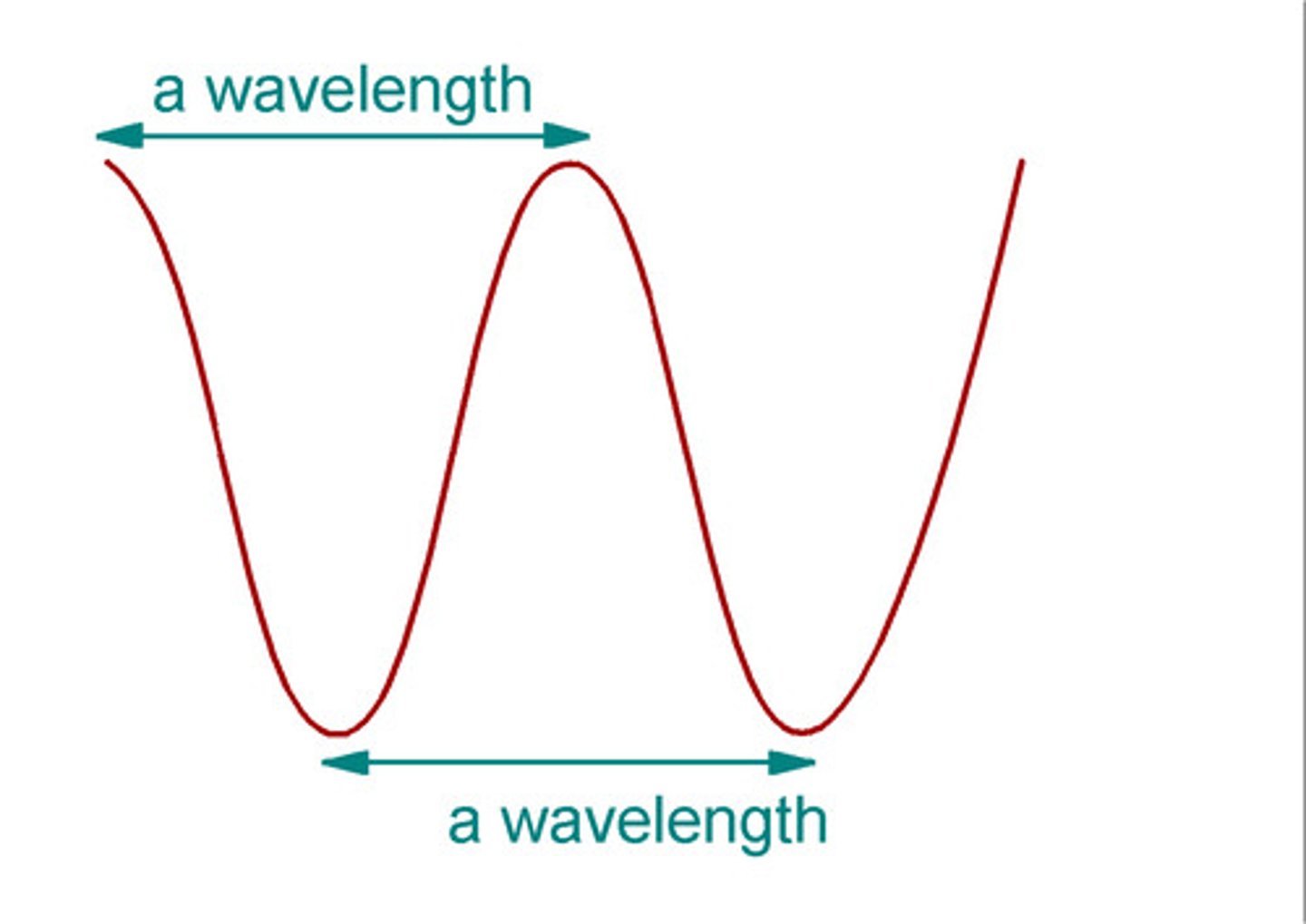
frequency
f (Hz)
how many complete wave cycles pass a given point per unit of time
inversely related to wavelength
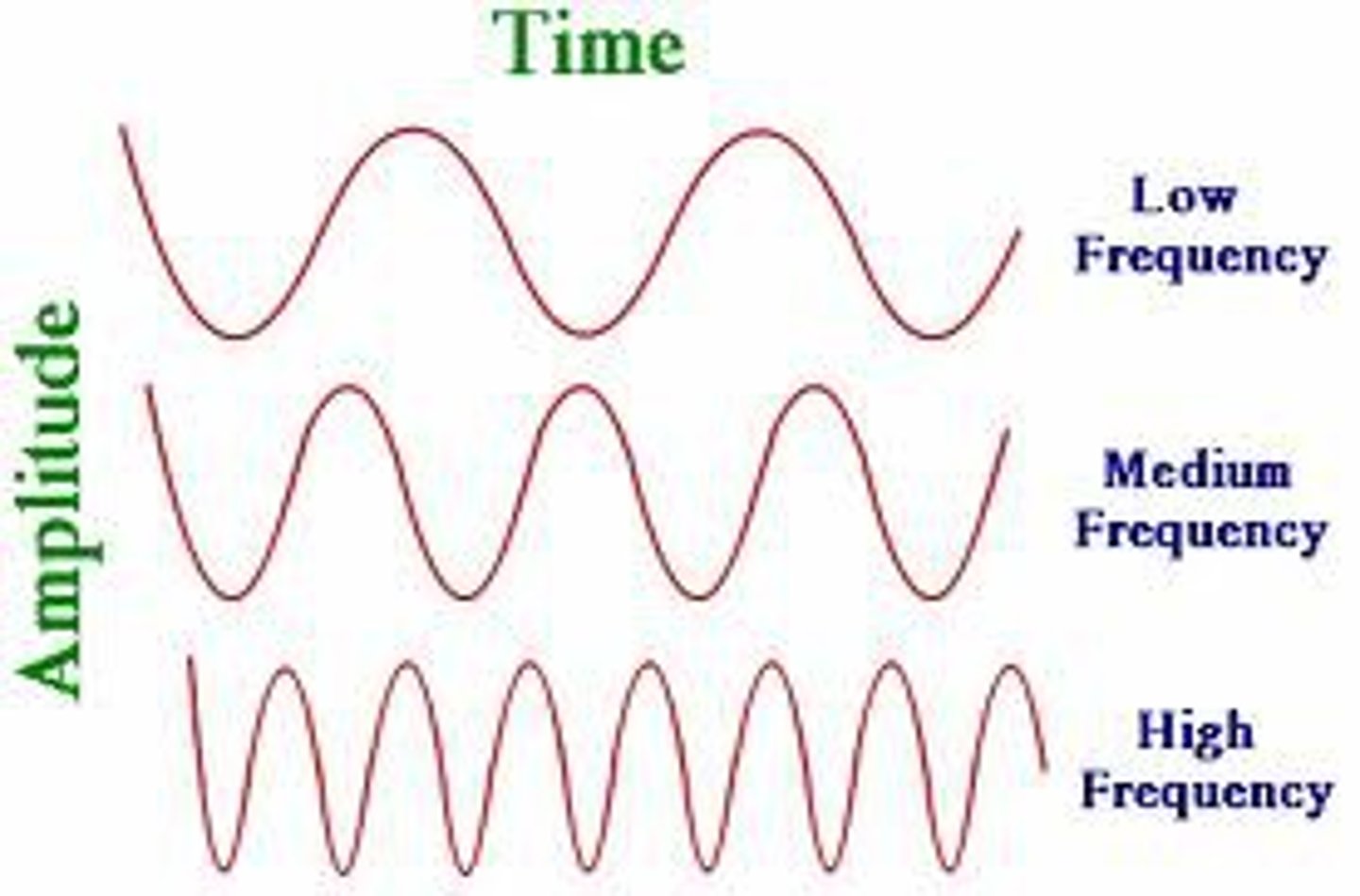
node
point where the wave has zero amplitude
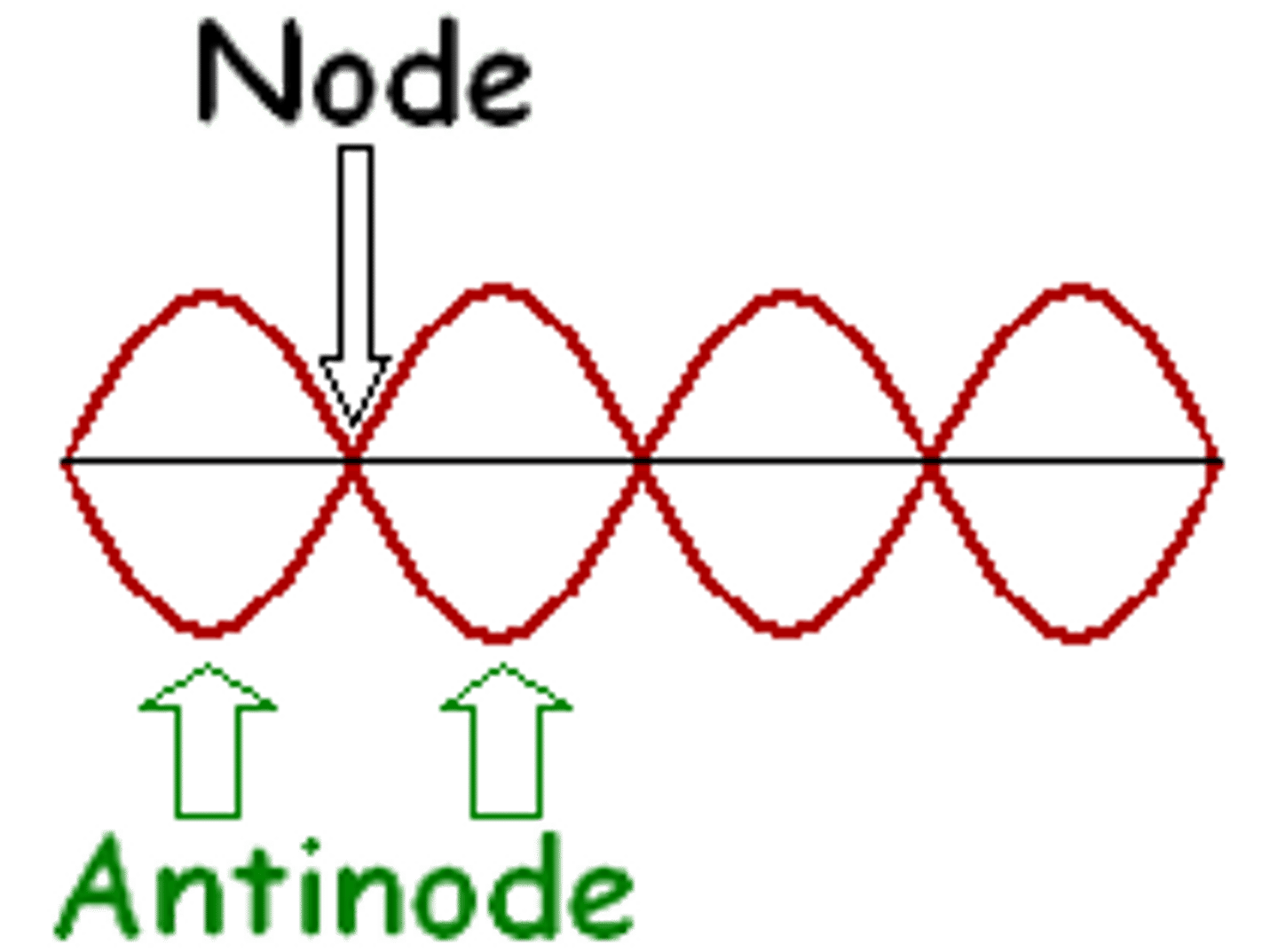
electromagnetic radiation
energy carried by electromagnetic waves
electromagnetic spectrum
range of electromagnetic radiation
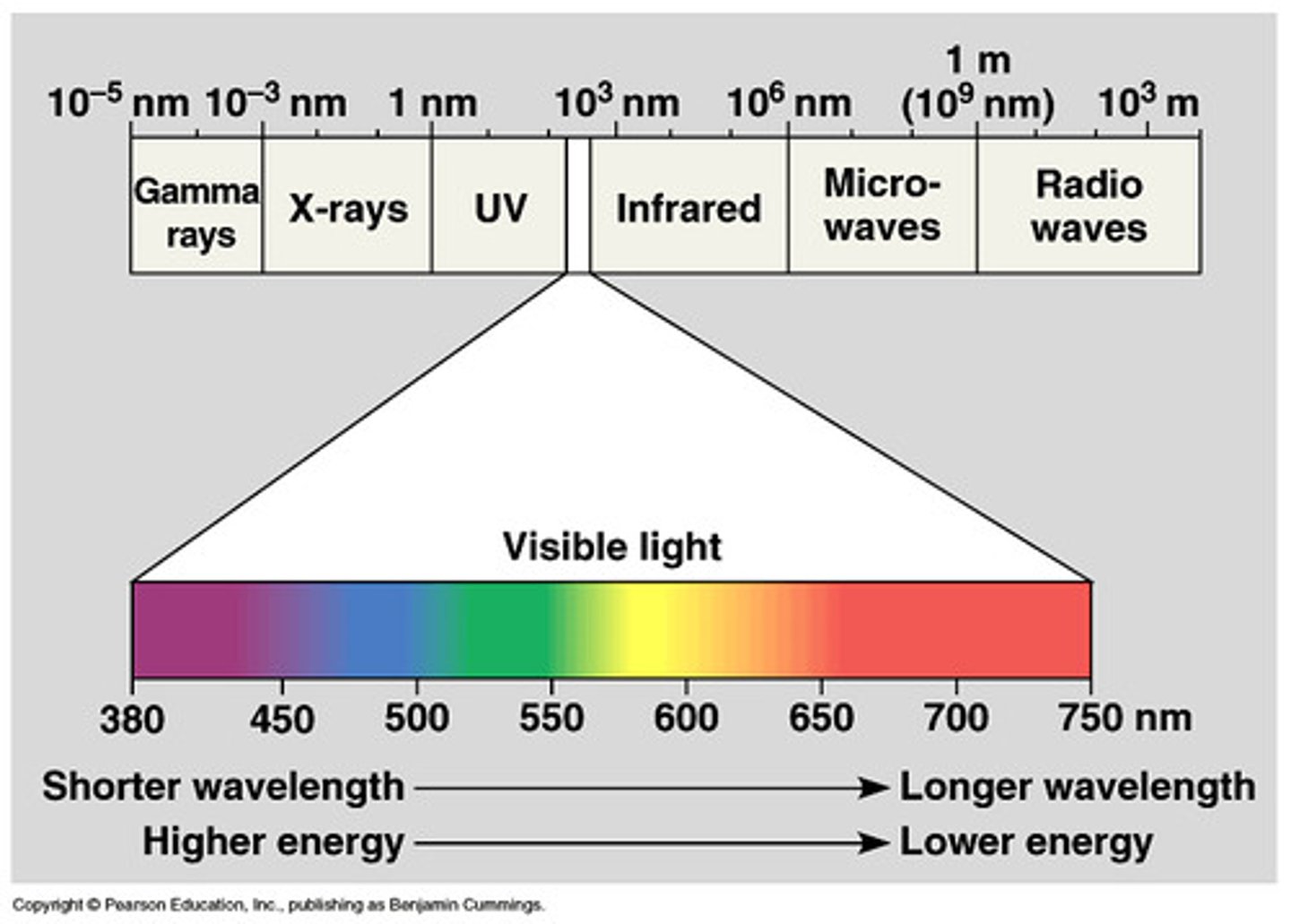
higher frequency
shorter wavelength
shorter wavelength
higher energy
radio waves
longest wavelengths and low frequencies
low energy level
non-ionizing radiation
essential for modern communication
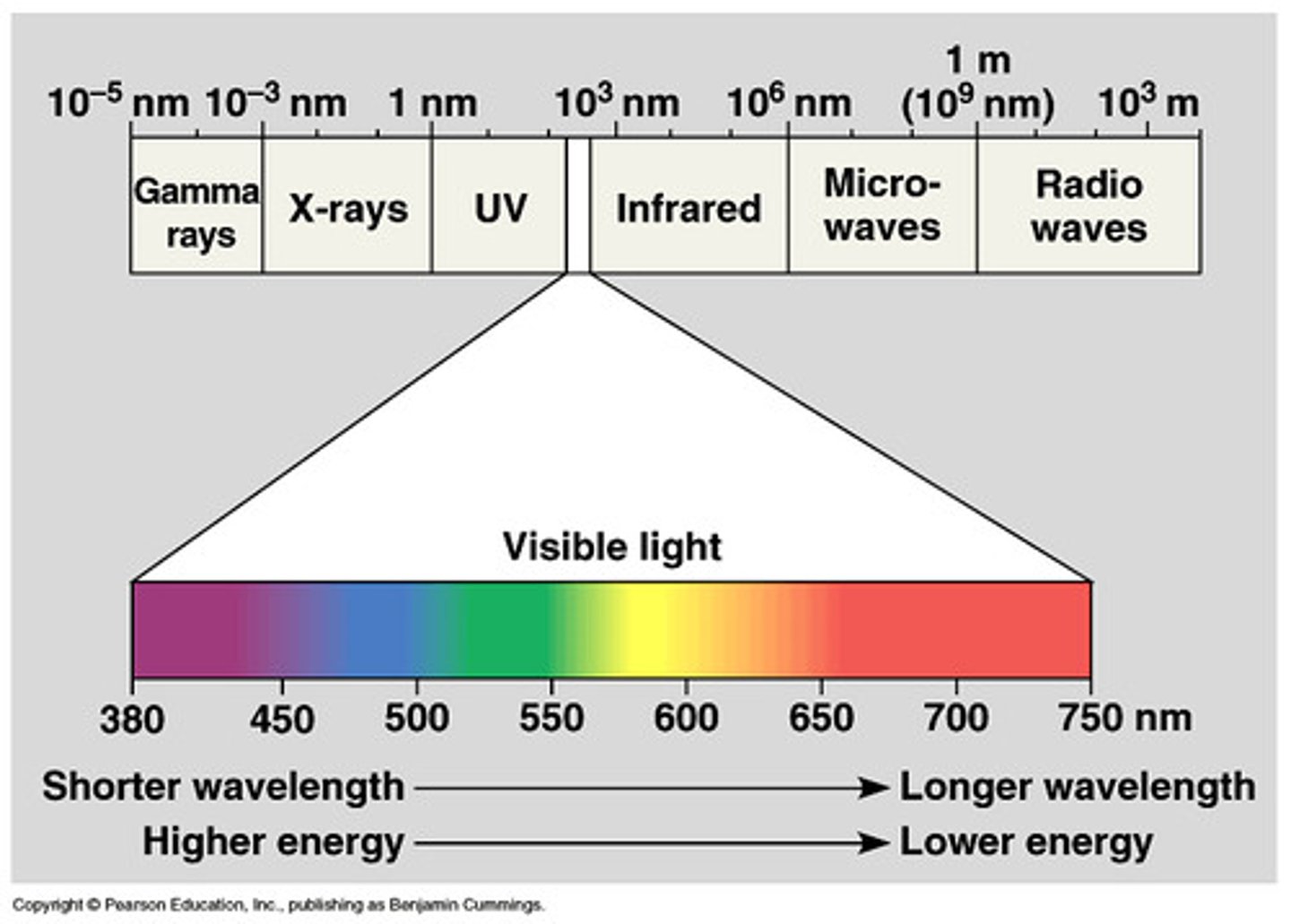
non-ionizing radiation
do not have enough energy to ionize atoms or molecules
microwaves
shorter wavelengths and higher frequencies than radio waves
energy is higher than radio waves, lower than infrared
non-ionizing radiation
used to cook and heat food, and communication
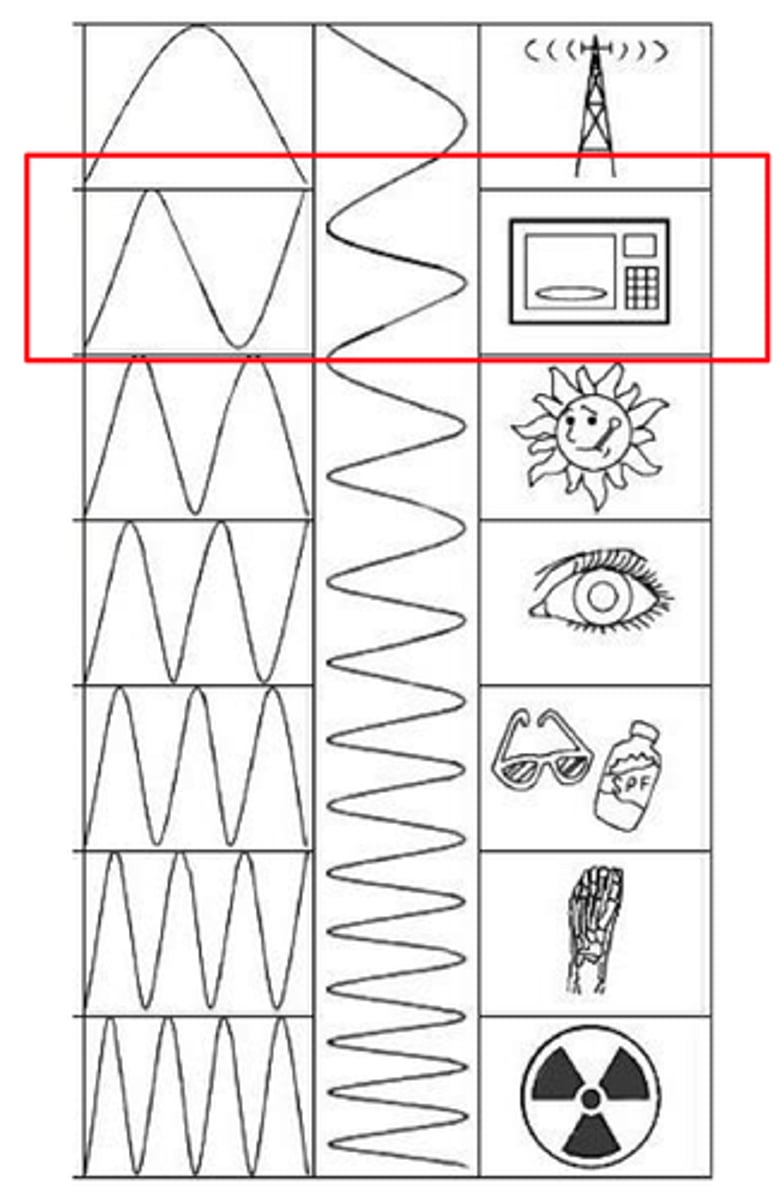
infrared
wavelengths longer than visible light, shorter than microwaves
heat radiation
non-ionizing radiation
used in remote controls and thermal cameras
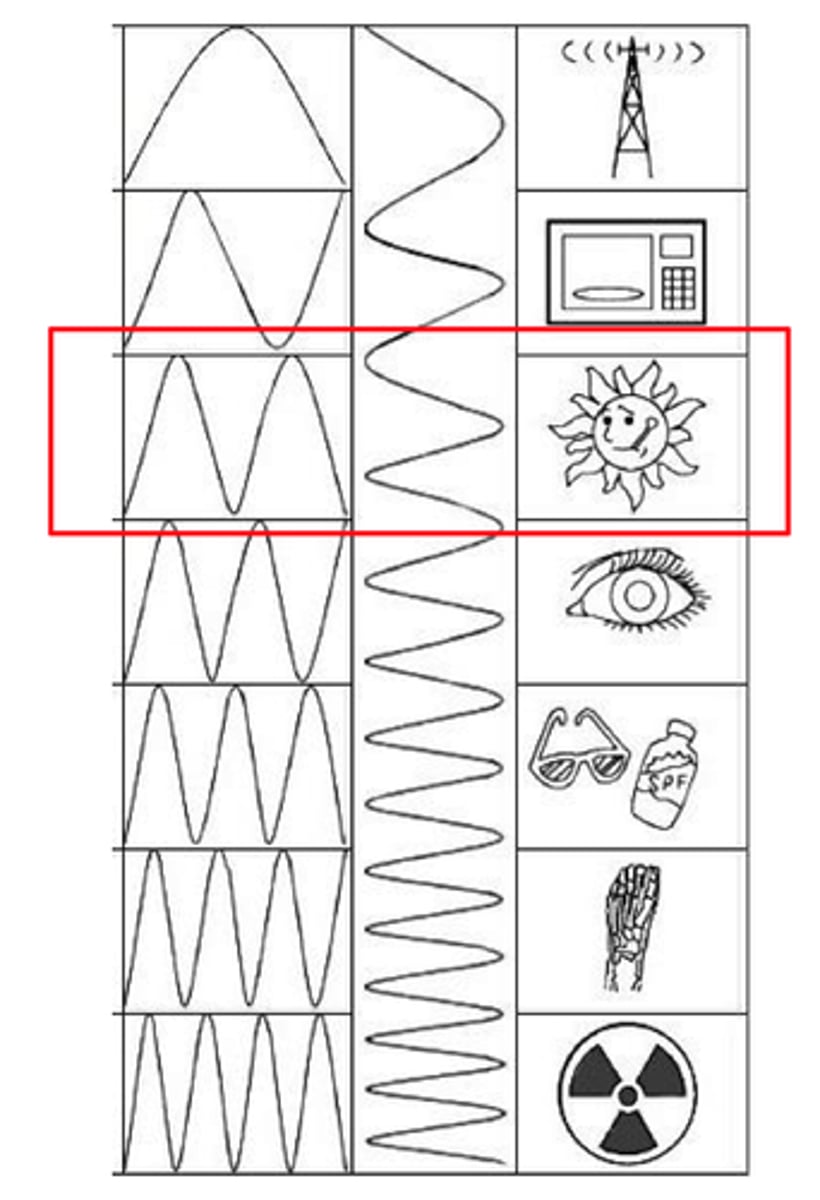
visible light
small portion of the electromagnetic spectrum detectable by the human eye
energy is higher than infrared, lower than ultraviolet
used in photography, photosynthesis, lighting
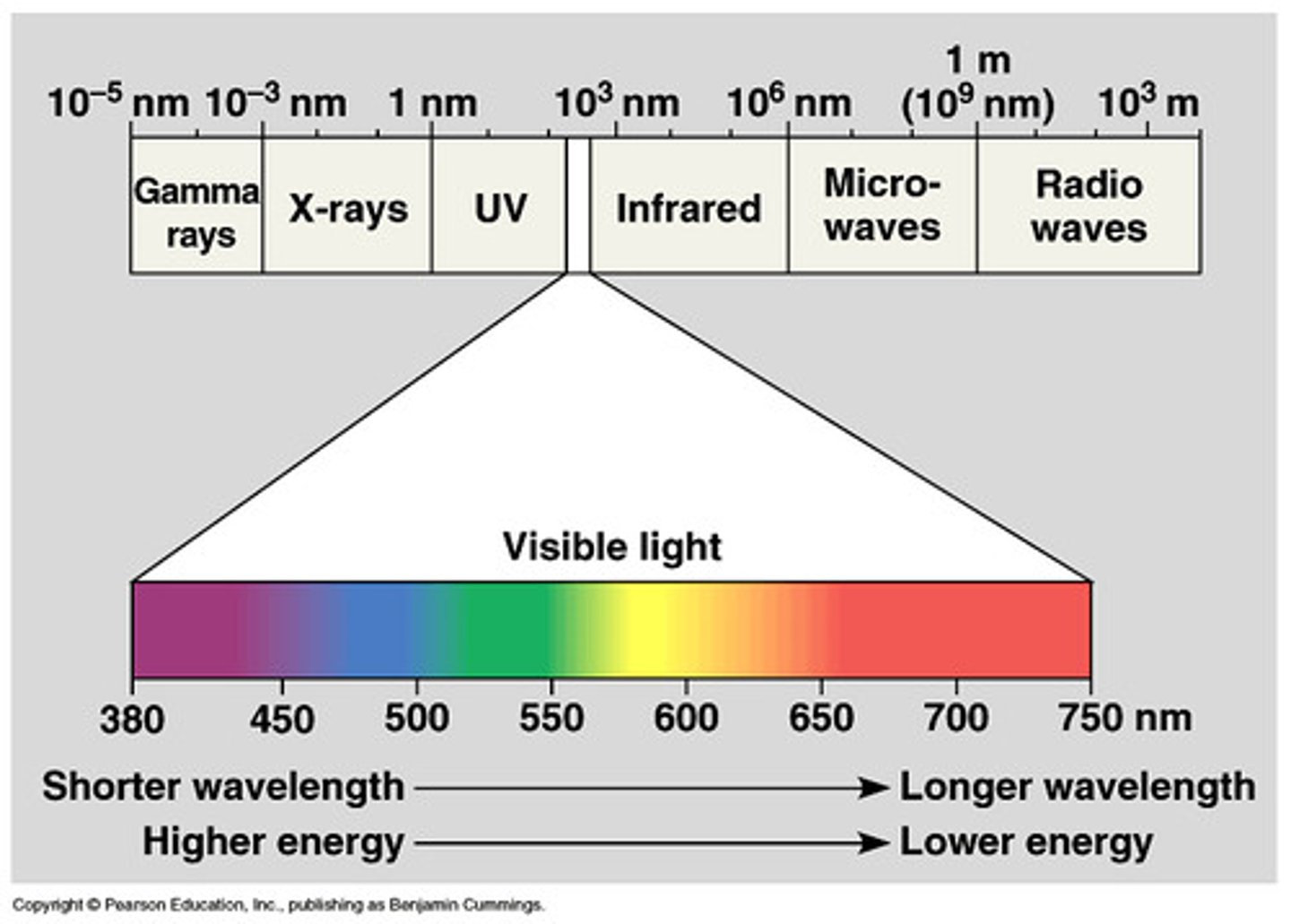
ultraviolet
shorter wavelengths and higher frequencies than visible light
known for sunburns
used in sterilization, medical, Forensic Science
non-ionizing
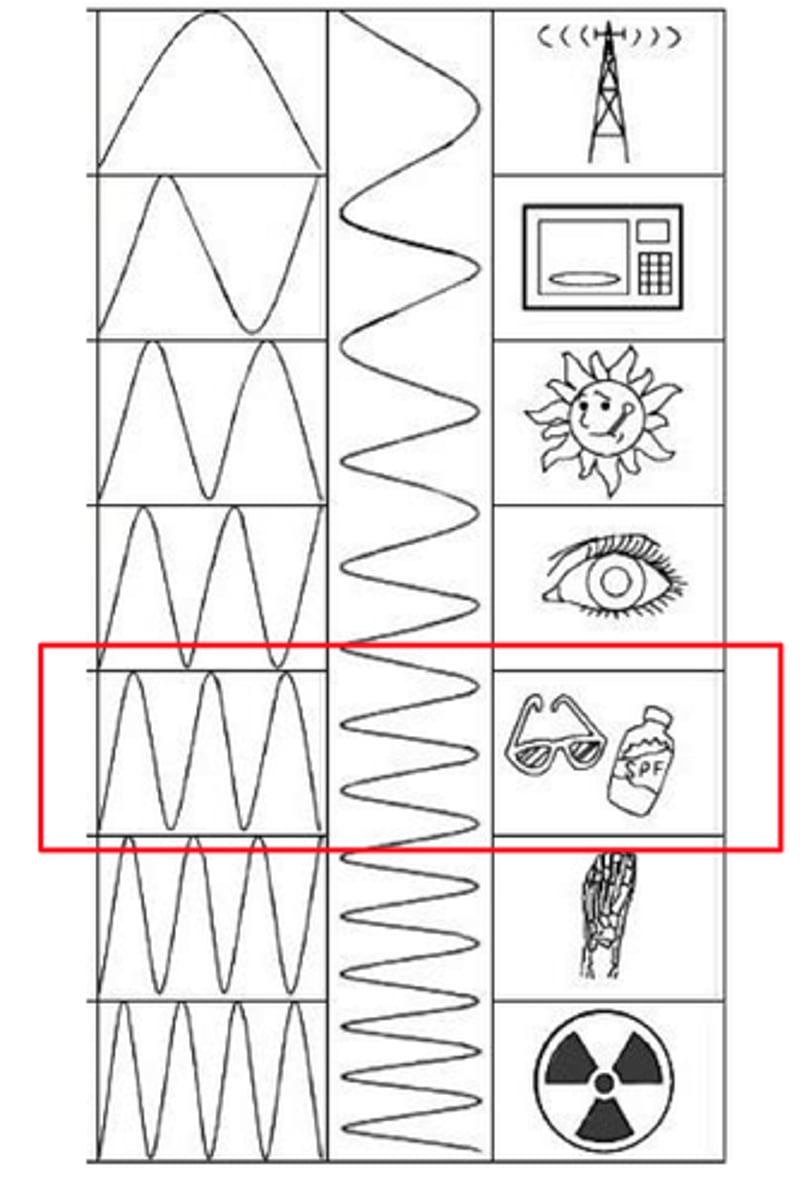
x-rays
higher energy and shorter wavelengths than ultraviolet
ionizing radiation
used in x-rays, CT scans
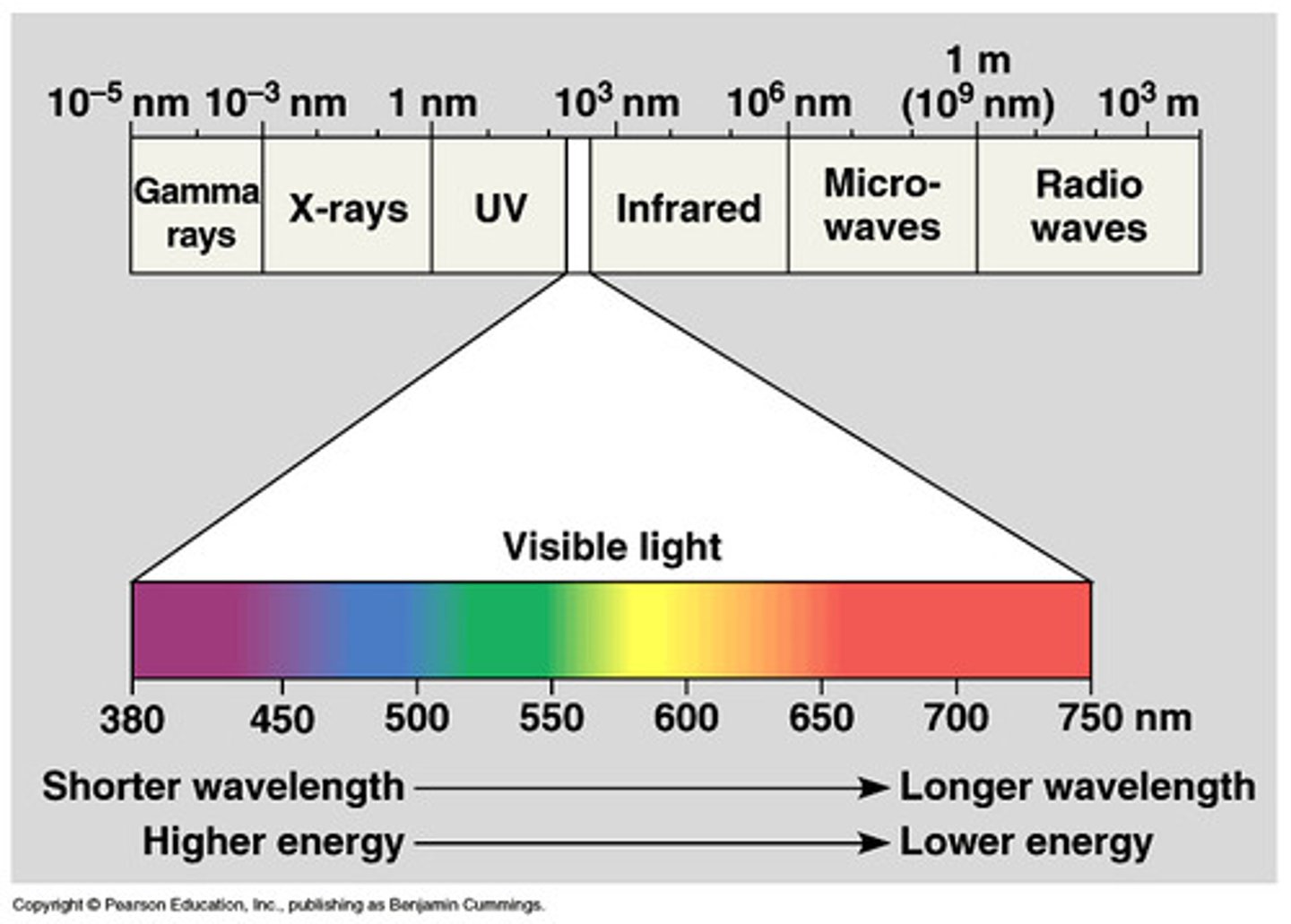
ionizing radiation
enough energy to remove electrons from atoms and molecules, potentially causing significant biological damage
gamma rays
highest energy, high frequency, shortest wavelength
produced by nuclear reactions
ionizing radiation
used in radiation therapy to treat cancer
does not pass through dense materials such as lead or concrete
